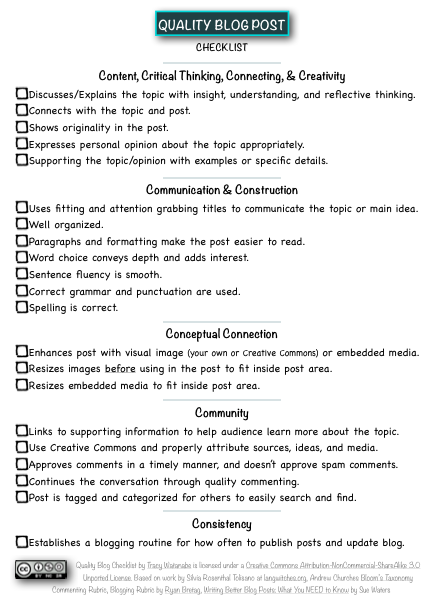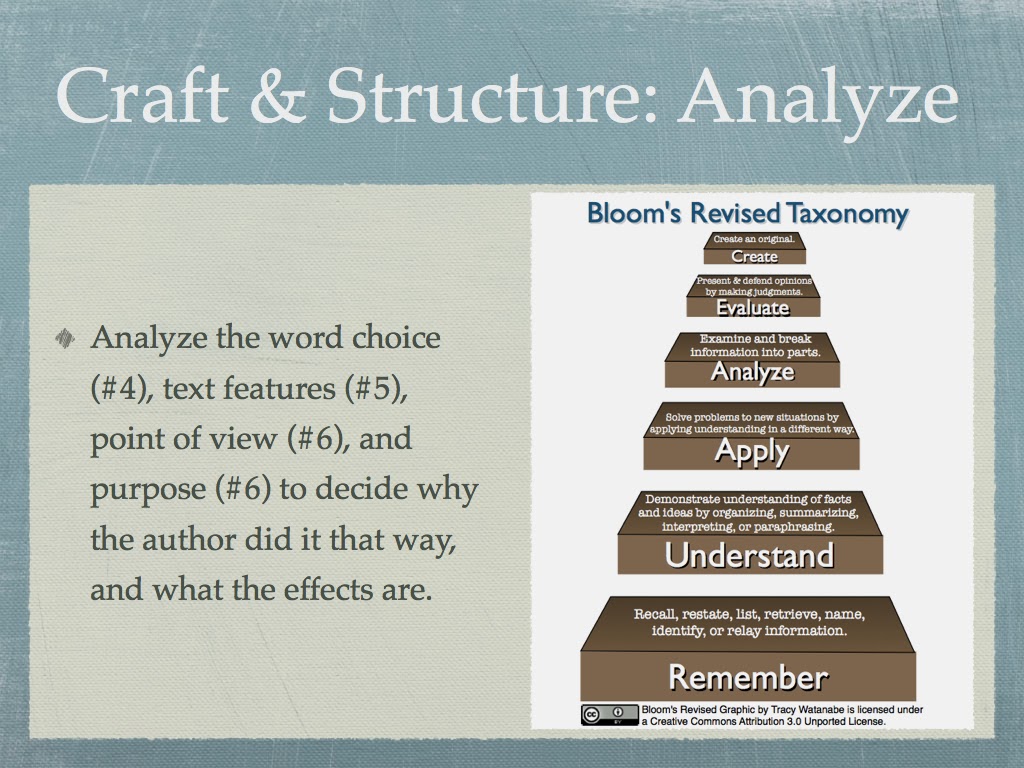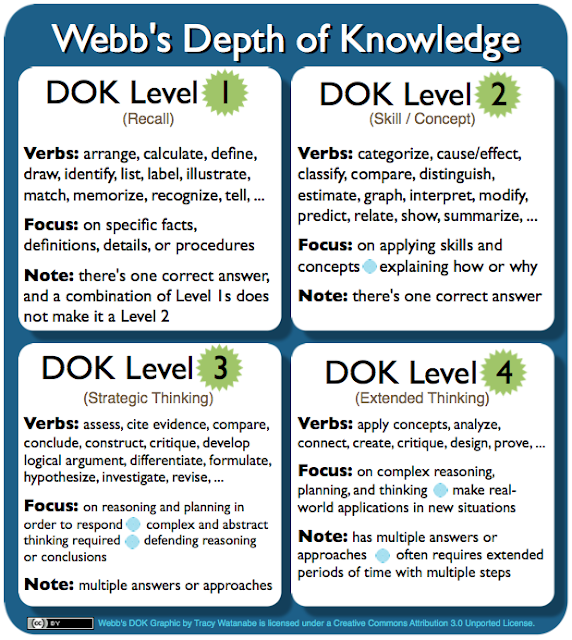Essential Questions
What is an Essential Question?
The purpose of an essential question is to connect relevance of the main concept or big idea back to the learner. It focuses the learner on what's important. Essential questions are:
- Thought-provoking, higher level thinking questions, and complicated with more than one answer.
- Open-ended, interesting, engaging, and focused on the key concepts.
What are Driving Questions?
I view them as essential questions that drive the PBL, containing the purpose for learning it and the project in one question. I honestly use "Essential Question" as a synonym for "Driving Question" depending on my audience.
To set driving questions aside from essential questions, I ask:
- What real audience could benefit from the solution or answer to the question?
- How can I phrase the question as a challenge that causes learners to make a decision or take action?
Examples of essential questions I've discussed recently:
- In what ways have "personal safety" and "citizenship" changed, and how do we respond to those changes?
- How can we, as leaders, create a culture of learners that thrive in the 21st century?
- Click here for other examples I've seen.
Creating essential questions
 |
| Glogster |
Convert answers to questions:
I ask questions about the big idea. When I answer those, I end up converting them back to essential questions. For example: What do I want teachers to get out of my Professional Development training on digital citizenship? Answer: I want teachers to be passionate about helping our students become safe and responsible digital citizens. Therefore, my essential question is: In what ways have "personal safety" and "citizenship" changed, and how do we respond to those changes? (Created with the help of Sheri Edwards).
Sentence starters:
I use a few generic questions and fill in the blanks. For example, instead of How can we, as leaders, create a culture of learners that thrive in the 21st century?, I could have used the sentence starters to come up with these questions:
- What are the ingredients for a successful culture of learners that thrive in the 21st century?
- What does good 21st century learning look like?
- How can we create a culture of learners that thrive in the 21st century?
- What would our future be like like without 21st century skills?
Frame the question:
I use one of Peer Ed's Microsoft Peer Coaching lesson improvement tips and place it in BIE's format found in PBL in the Elementary Grades. BIE expands this idea in their Tubric:
Final Thoughts:
It takes time and practice to create essential questions. I recommend working collaboratively to create them. I often turn to my PLN for help brainstorming and fine tuning my essential questions.
- How can you use essential questions in your professional developments, units, classes, or blog posts?
- How did you learn to write/use essential questions (or driving questions)?
- What tips can you share?
- What questions do you have?
- How else did you connect with this post?



Tracy, what a great post full of resources about essential questions. I have been here a while looking at the links. There is still much to learn for me on this issue. I am guilty of attempting to teach at times without making the essential question clear to my student.
ReplyDeleteYou have challenged me, and I thank you. I think it is awesome that you are a technology integrationist in Arizona, and you are helping me to integrate in Iowa.
Thanks again, friend,
Denise
Thanks Denise!
ReplyDeleteI remember the first time I used an essential question, it was when I was a 3rd grade teacher, and we were starting Ramona Quimby, Age 8 (I love Beverly Cleary books!) My EQ was something like, "What does a 'sticking-together' family look like?" -- There was one discussion about cause-effect based on something Ramona Q did in the book, and the kids decided that she had a choice in how she responded... and her response would affect the whole family... so when things came up in their own lives, they shouldn't take it out on their own family... This conversation was 10 years ago, but I remember it so well because I was amazed at what those little 8 year olds were realizing about being proactive in their choices, all from a literature discussion. Furthermore, I don't think our conversation would have gone that direction without that EQ.
Even though our daily objectives were based on reading standards, that EQ made the story so relevant to them. I remember the shift in my students' love for literature once we started using EQs.
I share this story with you because I know your love for literature. I'm glad that I can reach out all the way to Iowa and connect with someone who is so passionate about learning and education. Thank you for making a difference in the lives of so many.
Kind regards,
Tracy
Hi Tracy,
ReplyDeleteOf course you can use my blog as an example that would be great!
Teegan 8)
http://teganrm4.edublogs.org/
Thanks Teegan!
ReplyDeleteI've also included you as a great example in my most recent post.
You are very appreciated!
Kind regards,
Mrs. Watanabe
Dear Mrs. Krebs and class,
ReplyDeleteThanks for writing your blog post on Essential Questions in your literature study!
Kind regards,
Mrs. Watanabe